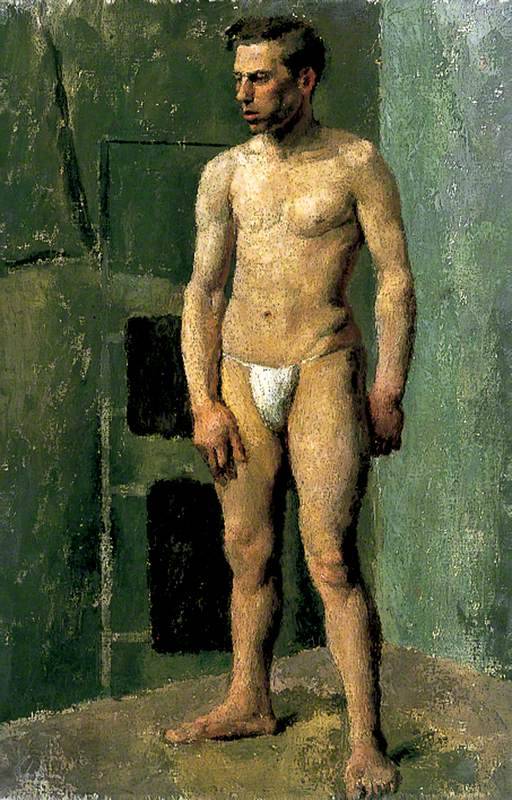
Sherman trained in London at the Regent Street Polytechnic getting a National Diploma in Design for Painting. Later took a Post-Graduate Course in Sculpture. In 1964 awarded the Premio Internazionale Europa Arte award for extensive and meritorious artistic activities.
Works in collections of Public Galleries, Education Authorities and private collectors in Great Britain, Australia, Lebanon, Portugal, Spain, Sweden, Turkey and U.S.A. Organizer of the touring exhibitions Contemporary Hangings and ‘Contemporary Pictures in Fabric and Thread.

Vera Sherman has organized and kept going for some years a highly successful travelling exhibition of wall hangings. The exhibits, which are, of course, changed from time to time, include examples of several crafts weaving, embroidery, batik, tie-dyeing, etc. She is well acquainted with the leading artists in these fields, and has herself contributed some distinguished hangings.

A by-product of her activities has been this book, illustrating a selection of the attractive and interesting hangings that have appeared in her exhibitions. There are notes on the 33 contributing artists and their method of working, and captions draw attention to special points of design and technique. In this way the book manages to give practical information and yet not fetter the reader’s imagination. Wall hangings are much in fashion at present, and making them is a popular leisure activity no doubt because the scope is so wide and there are many different ways of arriving at successful results. People do, however, need help with ideas to get them started, and it need which will be met by Mrs Sherman’s book.









































